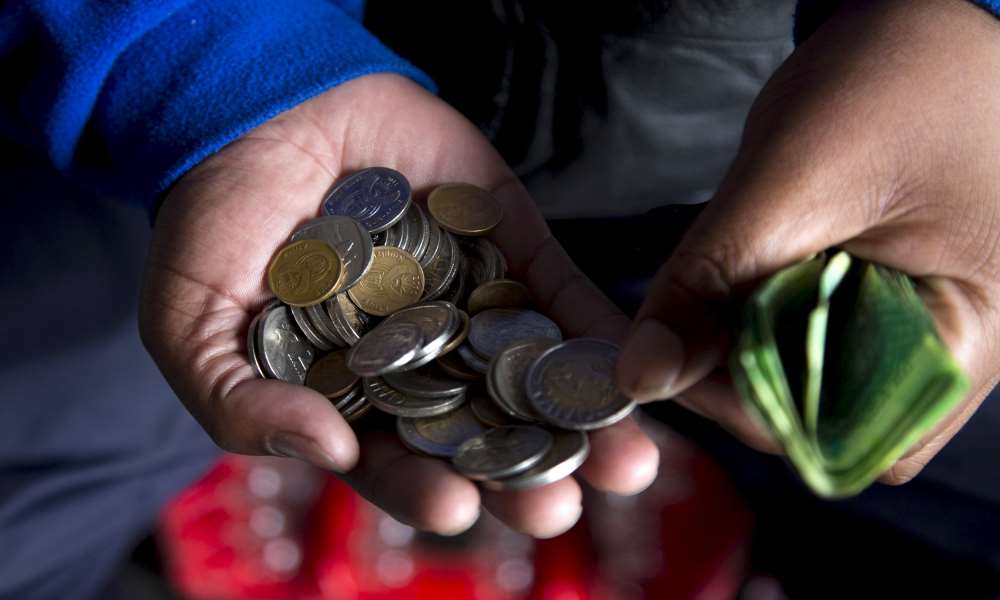SARB announces another 50 basis points hike
Repo rate now at 8.25%
Year to date, the South African Reserve Bank (SARB) increased the repo rate by 125 basis points.
The South African Reserve Bank (SARB) announced a third consecutive increase in the repo rate this year by 50 basis points to 8.25%.At the first monetary policy announcement in January, the central bank increased the repo rate by 25 basis points. At the second monetary policy announcement in March, SARB hiked the repo rate by 50 basis points. Year to date, SARB increased the repo rate by 125 basis points. According to Stats SA, annual consumer inflation slowed to 6.8% in April from 7.1% in March. This is the lowest reading since May 2022, when the rate was 6.5%.
Food inflation continues to be red hot - prices of food and non-alcoholic beverages eased only slightly to 13.9%, from a 14-year high of 14.0% in March.
Prices of bread and cereals increased by 20.8% in the 12 months to April – even higher than 20.3% in March. And prices in the milk, eggs and cheese category rose by 14.5% - the biggest increase since 2009.
The South African Reserve Bank’s monetary policy committee prefers to anchor inflation expectations close to the 4.5% midpoint of its target range of 3%-6%.
Fin24 reported that the South African Reserve Bank is facing a dilemma of how to keep a lid on inflation without further stifling already weak economic growth. The next monetary policy announcement is expected to place on 20 July this year.
Namibia
Meanwhile, inflation in Namibia slowed to 6.1% in April from 7.2% recorded March. According to IJG Securities, the steep drop in April’s inflation print to 6.1% is primarily due to base effects in the transport category with fuel prices now only marginally higher than they were a year ago. Still, the slowdown should be a welcome development for the Bank of Namibia (BoN) and its quest to temper inflationary pressure.
“The drop in April’s inflation print, coupled with the fact that we see inflation starting to ease in other parts of the world, may signal the start of a much-anticipated disinflationary cycle which in turn could see the end of the BoN’s tightening of the belt,” IJG said.
Elevated food prices and a weak currency do however pose risks to the BoN’s inflation fight, IJG pointed out.
The Bank of Namibia projects inflation to average 6.1% this year. IJG’s inflation model predict a gradual slowdown in Namibia’s annual inflation rate over the remainder of year, before ending the year at around 4.8%.
Simonis Storm expects the Bank of Namibia to hike its repo rate by 25 basis points at their next Monetary Policy Committee meeting on 14 June 2023. “This will take the repo rate from 7.25% to 7.50% and we expect the repo rate to remain unchanged thereafter until year end,” Simonis Storm said.-phillep@nmh.com.na





Comments
My Zone
No comments have been left on this article